We're now at that time of year when our options for local, seasonal fruits seems to be apples or... apples. Growers of citrus fruit haven't really got a tasty crop yet, and the vast majority of what's in your local grocery store has been shipped in from a different continent, and lacks taste, quality, and nutrition. However, if you take a visit to specialist grocery stores, you can find some unique and nutritious fruits that are available at this time of year. Certain kinds of citrus and tropical fruits, which are grown somewhat locally have more antioxidants than any other fruit, so you can keep yourself healthy without having to rely on fruit flown in from a different hemisphere. Below, you can find, 7 such superfruits!
This little olive-sized citrus fruit is full of disease-fighting antioxidants, which are contained in their sweet and edible skin. A serving of five kumquats contains a fifth of your daily fiber, along with a very healthy and generous dose of vitamins A and C, and potassium. Most of America's domestic kumquats are grown in Florida and California, with the most commonly grown variety being the Nagami - which peaks between November and March.
These fruits have lots of uses: slice a few up and add them to a salad, or use them in recipes instead of orange zest, or mix dried kumquats with red onion, cilantro and lime to make a great salsa.
When buying kumquats at a store, look for the ones that are firm and bright orange in color, and store them at room temperature for 2 to 3 days, or in the refrigerator for up to 2 weeks.
These exotic fruits are high in vitamin C and potassium. Furthermore, they have an abundance of inflammation-lowering polyphenols, which makes them great for your heart. Most of the star fruit that you can find in stores across America come from Florida or Hawaii.
The taste of this fruit has been described as somewhere between that of citrus, apple, and pear. You can eat this tasty fruit as it is, or you can add some to a fruit salad.
When buying this fruit, look for firm, shiny, and evenly colored yellow fruit. Remember to handle the fruit with care as it's easily bruised. Let the fruit ripen at room temperature for a few days until they start to go brown on the edges and develop a fruity aroma (this is when they are at their sweetest), then refrigerate them for up to a week.
They may look like apples or pears, but quinces are a lot healthier. High in vitamin C, quinces also have an abundance of antiviral phenolic compounds that have been found to help keep the flu at bay. The quince season lasts from around September to December. You can find them at Latino, Asian, and Middle-Eastern markets, specialty grocers and farmers' markets.
The rambutan, also known as hairy lychee or hula berry, is a great tropical treat when summer's lychees are out of season; their season is from September to March. Rambutans have a seriously high level of the antioxidants anthocyanins and flavanoids, both of which can help reduce the risk of cardiovascular problems and chronic diseases.
This fruit is better for your heart than an apple, as it contains much higher concentrations of the dietary fiber, minerals, and phenolic compounds that help prevent atherosclerosis, a leading cause of heart disease, heart attacks, and strokes. An added bonus is that the antioxidants present in this fruit can help control diabetes and the cell damage it causes.
This fruit is perfect for cold storage and they are easy to find in farmers' markets and grocery stores at this time of year. Asian pears have more fiber than other types of pears, so eating one daily is great for your heart and helps keep diabetes at bay.
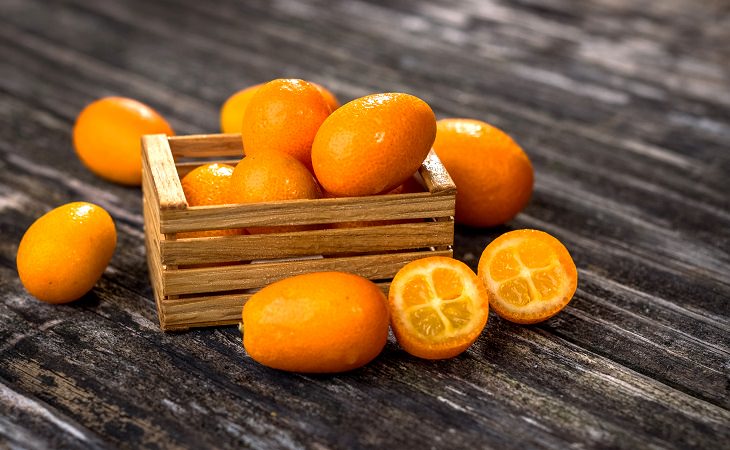
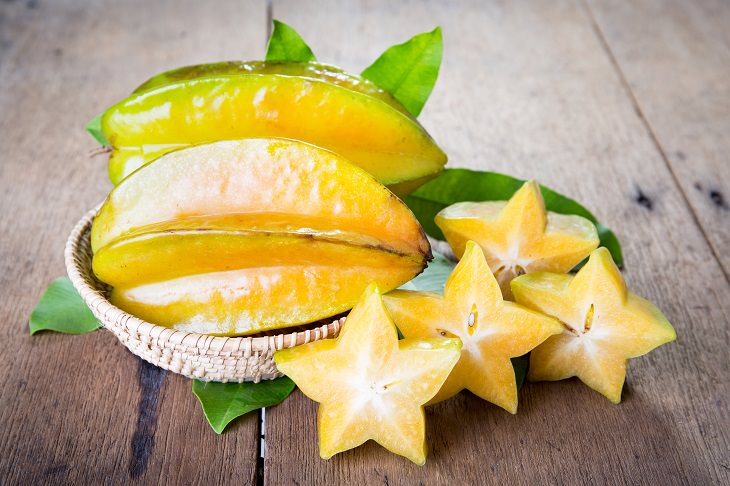
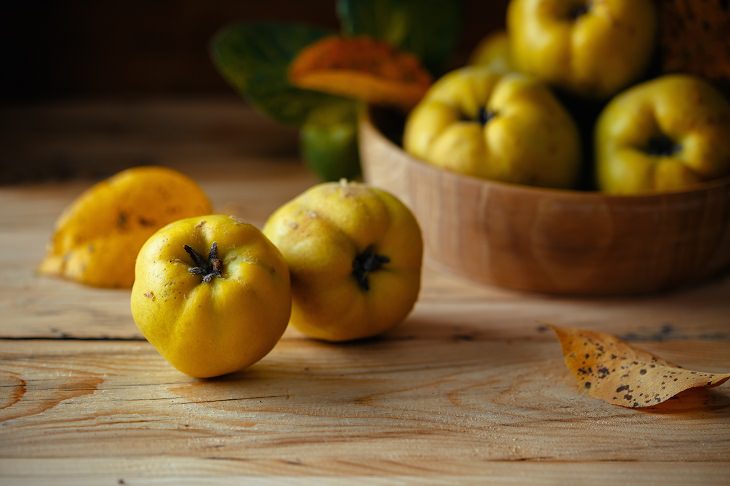
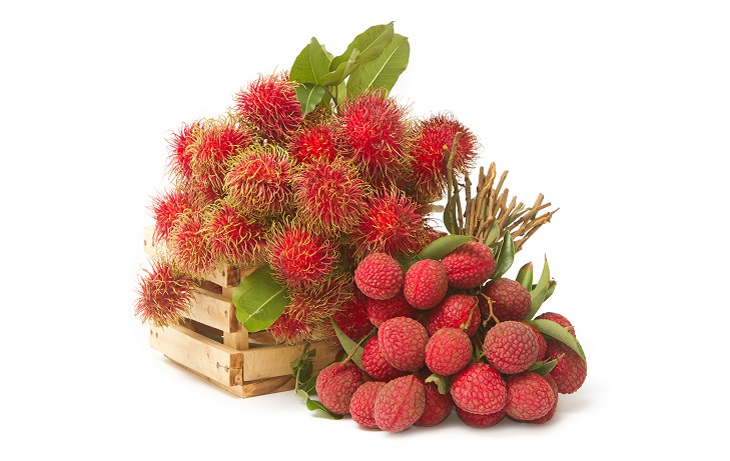
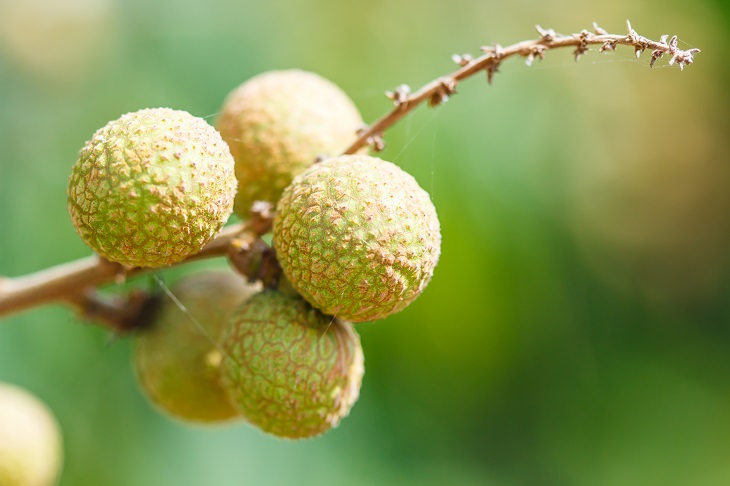
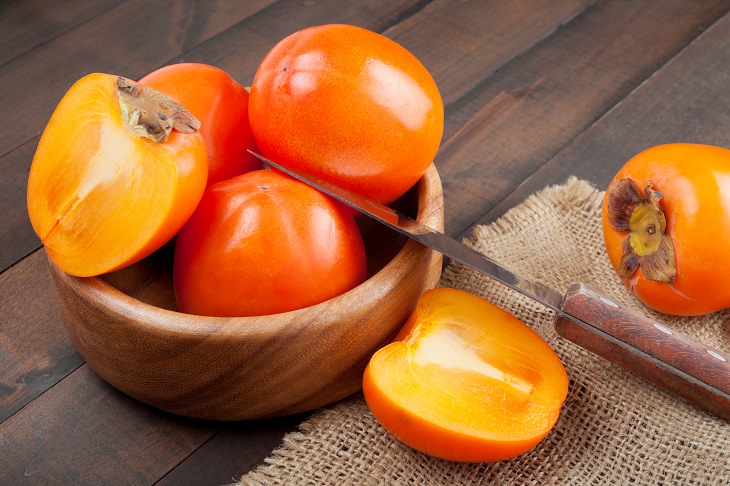
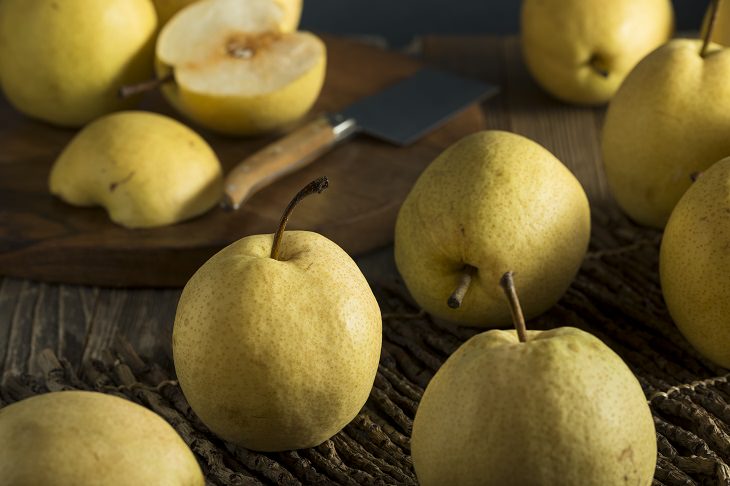
No comments:
Post a Comment